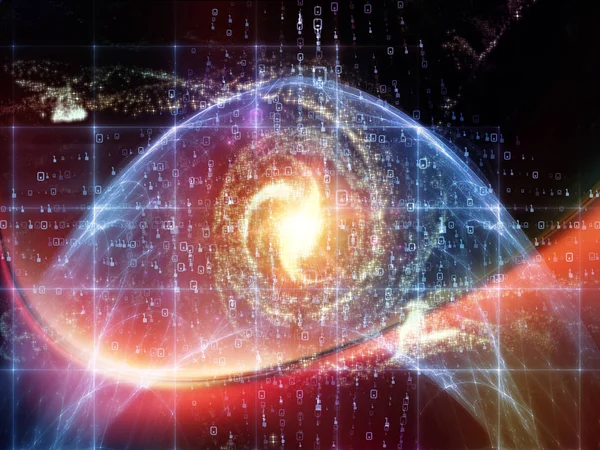KazNU scientists realize a new astrophysical project

Scientists at Al-Farabi KazNU are working on a scientific project to study the physical phenomena occurring in the magnetospheres of astrophysical compact objects. The project is led by PhD Saken Toktarbay.
The goal of the project is the analytical description and numerical modeling of charged particle dynamics inside the magnetospheres of compact objects such as black holes and neutron stars. The results are planned to apply to observed astrophysical phenomena such as quasi-periodic oscillations from X-ray microquasars and acceleration of ultra-high energy cosmic rays from supermassive black holes in active galactic nuclei.
As noted by project leader Saken Toktarbay extreme conditions in the magnetosphere of compact objects cause a number of interesting phenomena that are the subject of intensive research in modern astrophysics. "The focus of these interests is analytical and numerical studies of various high-energy processes in combined gravitational and electromagnetic fields, taking into account oscillations of charged particles in curved space-time, scattering and decay of charged particles in the vicinity of compact objects. The results of theoretical studies can be useful and applicable to understand such phenomena not fully explained at present, such as quasi-periodic oscillations from microquasars, relativistic jets of compact objects, cosmic rays of ultra-high energies and others", - said S. Toktarbay.
For theoretical research young scientists of KazNU use methods of general theory of relativity, electrodynamics and elementary particle physics. Thus, they plan to find limitations of parameters of the studied models and scenarios. Within the framework of the project scientists intend to consider a number of new observed effects and will propose original solutions and test them numerically using advanced numerical methods and computer modeling. The researchers also plan to use the analytical and numerical results to search for their correlations in multi-wavelength and multi-channel observational data from astrophysical compact sources such as black hole candidates, neutron stars and double systems. The research will help test a new approach to modeling the electromagnetic environment of compact objects and formulate new models of various unexplained high-energy phenomena. The project will last until the end of 2024.
Other news


